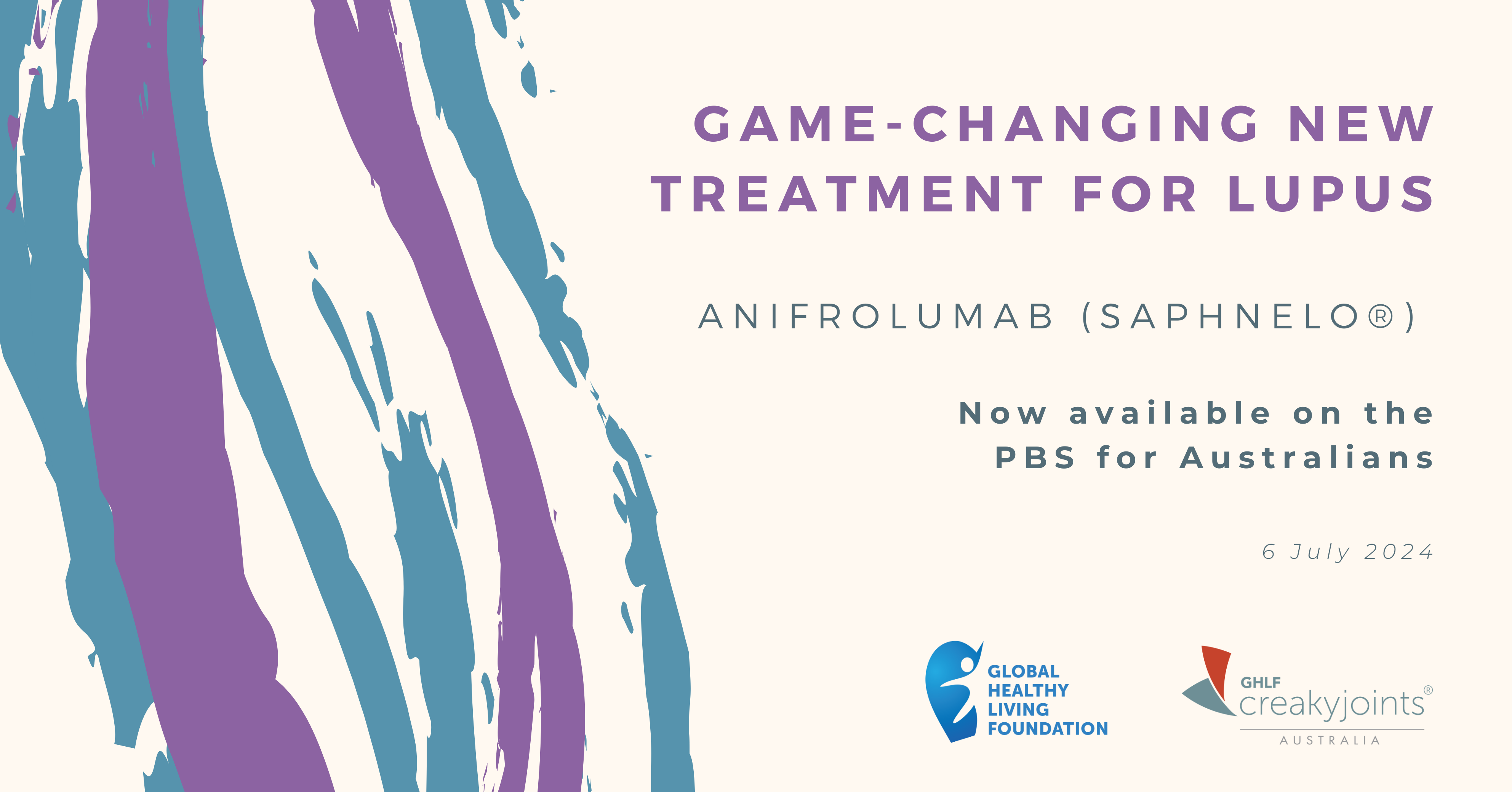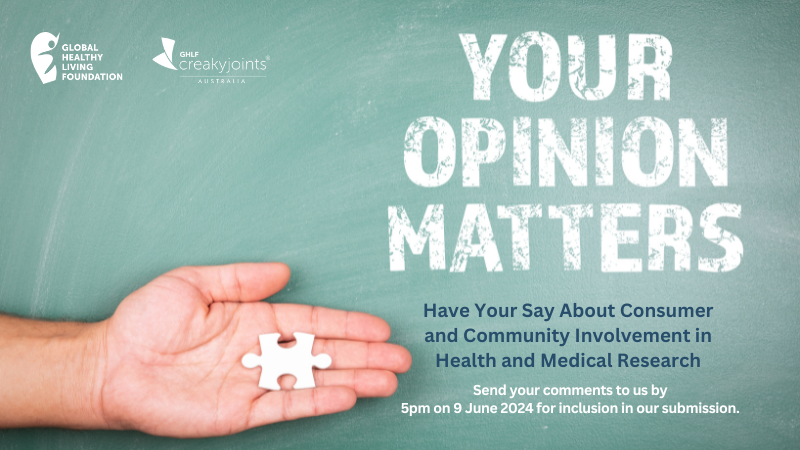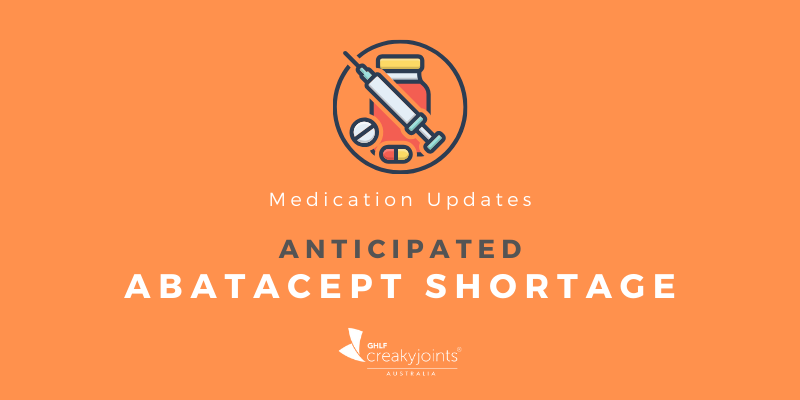

Updated 23 July 2020
We now know that the coronavirus can spread rapidly through community transmission, so we all need to take collective responsibility and follow appropriate steps to slow this process down.
The Australian Government’s Department of Health and healthdirect websites are full of detailed information about the coronavirus — from avoiding infection to treating COVID-19. These sites are frequently updated, so it’s a good idea to check them often, along with the websites of your state or territory health departments.
- Australian Capital Territory Department of Health
- New South Wales Department of Health
- Northern Territory Department of Health
- Queensland Department of Health
- South Australian Department of Health
- Tasmanian Department of Health
- Victorian Department of Health
Symptoms of COVID-19
The coronavirus that causes COVID-19 can have a range of symptoms (from no symptoms at all to pneumonia). Symptoms may include:
- Fever (high temperature), sweats or chills
- Shortness of breath
- Runny nose
- Cough
- Sore throat
- Tiredness
- Difficulty breathing
- Headache
- Muscle pain (myalgia)
- Joint pain
- Loss of sense of smell (anosmia)
- Distortion of sense of taste (dysgeusia)
- Vomiting
- diarrhoea
To help you determine if you might have COVID-19, see the healthdirect Coronavirus (COVID-19) Symptom Checker.
If you don’t have any symptoms, you do not need to be tested for COVID-19.
Who Should Be Tested for COVID-19?
Research is now showing that people with chronic health conditions are no more likely to be infected by the coronavirus than the rest of the population. However, it does increase our risk of more severe symptoms or complications if we do get infected. Therefore, it is up to each of us to be even more conscious of subtle changes to our health than we normally are.
It’s important to note that most people with symptoms that resemble COVID-19 will more likely have a cold or other respiratory illness instead. However, if you have even the mildest of symptoms and they appear to be the same as those you’ve experienced many times before, you should still get tested as soon as possible.
In an announcement released on 22 July 2020, Victorian Premier Daniel Andrews said that one of the key drivers of the current high rates of community transmission in the state is that almost 90 per cent of people showing potential symptoms of COVID-19 are waiting too long to get tested.
Early testing has two important goals; To confirm a diagnosis and assist in the management of patients with COVID-19 and to assist in the public health effort to limit the spread of the virus.
People may have a COVID-19 test for several reasons.
You will be tested as a ‘suspect case’ if you:
- Have had close contact with a COVID-19 case.
- Have been somewhere where there are cases (e.g. overseas, a cruise ship or in a community with cases).
- Work in a healthcare or residential care setting and have symptoms of COVID-19.
At present, if you are not a ‘suspect case’, you can also be tested if:
- You have certain symptoms, including symptoms of respiratory infection.
- You do not have symptoms but live or work in a high-risk setting where there is a COVID-19 outbreak.
- You are an organ donor or recipient.
- You do not have symptoms and are a returned traveller in hotel quarantine.
You can find more information in the Australian Government’s Guidelines for people tested for COVID-19. As the situation changes, states and territories may adjust their testing criteria based on local needs.
Where to Get a COVID-19 test
If you think your symptoms warrant a test and you meet the criteria, you have several options for getting a test. You can:
- Attend a free drive-through or walk-in testing centre.
- Attend a free COVID-19 respiratory clinic.
- Contact your doctor and they will arrange the test, this may attract a fee.
Contact your state government health department for information on current local testing sites. Bring your Medicare card and driver’s license (or similar ID) with you on the day of your test.
Depending on where you go, it may help to describe your symptoms and tell the staff if you are in a high-risk category, including if you take medications that suppress your immune system as this may help you be tested more quickly.
About the COVID-19 Test
Once you have been accepted for testing, a member of the medical staff will take swabs from the back of your nose and throat. They may also test you for other respiratory illnesses.
Swabs and fluid are then sent to public health laboratories for testing for COVID-19. In most cases, you will receive the results within two to five days. All COVID-19 pathology tests will be bulk-billed through Medicare.
After you complete your test, you will be given specific instructions regarding what to do next. If you are a ‘suspect case’ you must stay home and quarantine until you receive your result. Household contacts of suspected cases undergoing testing do not need to be in isolation.
Victorian Premier Andrews also noted in his 22 July announcement that a staggering 53 per cent of people waiting for a coronavirus test result had continued about their lives, going shopping and to work even when they were experiencing symptoms. This was another of the key drivers of the rapid rates of community transmission in the state. Therefore, all Victorians are being urged to go directly home after your test and remain in self-isolation until your test results come through.
While there is an ongoing debate about the extent to which government decisions have played a role in the COVID-19 situation in Australia, there is no doubt that individual behaviour has also played a role and that is something we each have control over.
What Happens Next?
That depends on your test results, the severity of your symptoms, why you were tested and other factors.
Negative test results
If your test results are negative, you will receive an SMS text message or a phone call from the doctor or clinic that took your test.
If you test negative and are already required to quarantine, you must:
- Stay in quarantine for the remainder of the 14-day period or
- Stay in quarantine until released by your doctor or the local public health unit.
If you test negative but still have symptoms you should stay home until these resolve. However, if your symptoms worsen, change, last longer than expected, or if you are concerned you should seek medical advice. Be aware that you may need to be tested multiple times while the coronavirus is still active in our country.
Positive test results
If your test results are positive, you will receive a phone call from a doctor to let you know what you should do next. You might also receive a phone call from a public health unit about contact tracing. Government officials have noted that delays have been occurring because many people prefer not to answer calls from private numbers. Therefore, while waiting for your results it is a good idea to answer all incoming calls.
If you receive a positive test result, you are now a ‘confirmed case’. You must isolate until you meet the appropriate release from isolation criteria.
If your symptoms are serious, you will stay in hospital — isolated from other patients to prevent further spread of the virus.
If you’re well enough to stay at home, you must remain isolated in your home or accommodation until public health officers tell you it’s safe to return to normal activities. This will usually be after at least 10 days from when you first started showing symptoms, and 72 hours (or 3 days) after your symptoms are gone.
Public health officers will contact you every day to check on your condition. They will also give you a phone number to call if you have questions.
People who have had contact with you, including family members and people you live with, will need to isolate themselves for 14 days from their last contact with you (this includes contact in the 48 hours before your symptoms first appeared).
For more information about the testing process and outcomes, see the healthdirect website page Seeing a doctor and getting tested for COVID-19.
As there is currently no vaccine and no cure for COVID-19, the best medicine we have is prevention. It is up to each of us to protect each other by practising good hygiene and following all local advice and regulations regarding physical distancing, public gatherings and isolation. Thank you.
More Information
- Australian Government: National Coronavirus Helpline 1800 020 080.
- Australian Government: Coronavirus (COVID-19) resources for the general public
- People with Disability Australia: Information About COVID-19 Or Coronavirus
- Ideas Australia: Disability Information Helpline 1800 643 787
- Every Australian Counts: NDIS and the Coronavirus
- National Disability Insurance Scheme (NDIS): Coronavirus information
Keep Reading
- Chronic Health Conditions and COVID-19 Face Mask Regulations in Australia
- Australia’s First Treatment Drug for COVID-19 Just Approved by TGA
- Living With Arthritis During COVID-19: Education and Support Resources
- 3 Mini Practices to Build Resilience When You Have Chronic Illness (Even in the Middle of a Pandemic)




